Cantucci with Vin Santo Wine — An Italian Tradition (Biscotti)
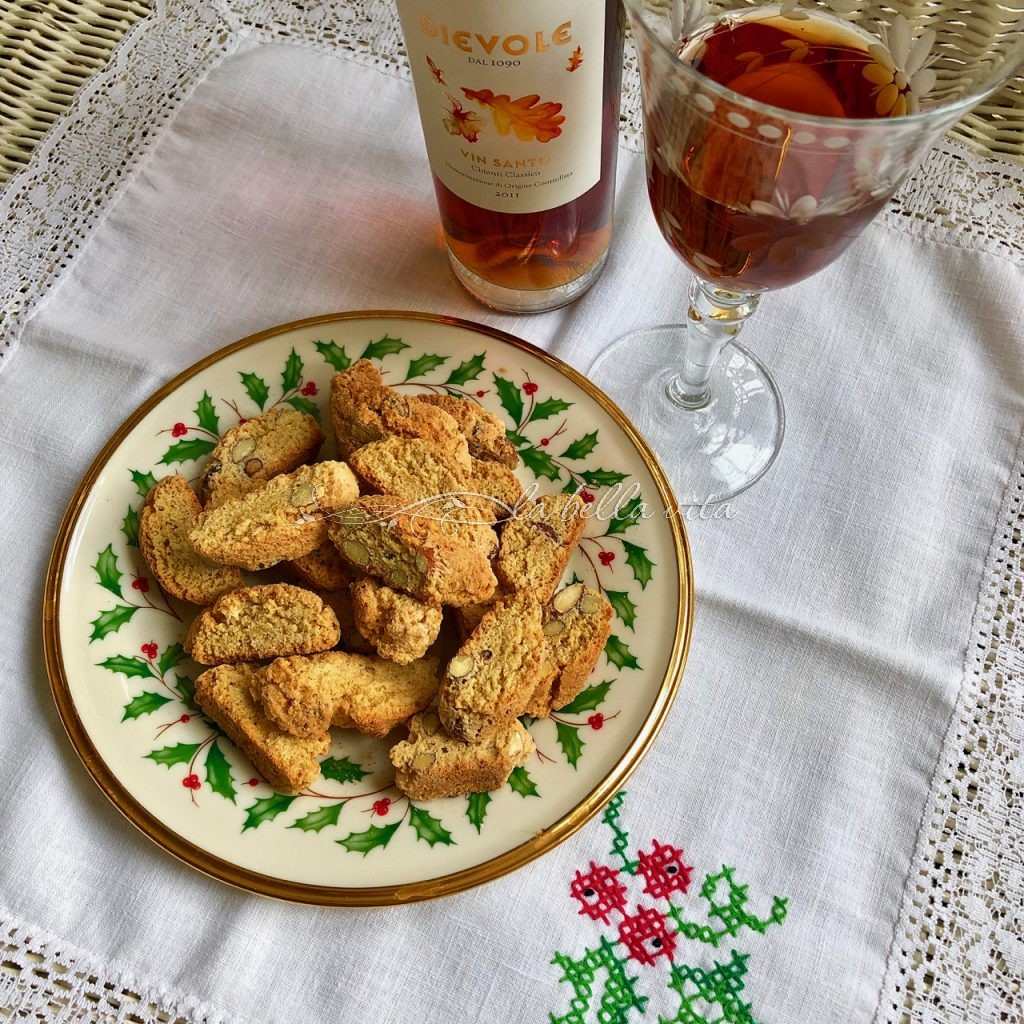
Everyone knows that biscotti are wildly popular Italian cookies.
In my family, we always called these cookies “cantucci” (pronounced “kahn-too-chee”). This was long before anyone in my Iowa hometown had ever even heard of biscotti! In Italy you can find bags and bags of these cookies in any marketplace with the name ‘Cantucci di Prato‘. That is simply because the almond-flavored cookies were baked during the Renaissance in Prato, Italy when cuisine, like the arts, flourished during the infamous Renaiisance.
Most people don’t know that long before the Renaissance, biscotti were baked for Roman soldiers to take on their long tours of battle because the almond cookies are baked twice* to create a dried cookie with an endlessly long shelf-life without spoiling. A cookie that didn’t spoil for long amounts of time were a wonderful treat to sailors and fisherman who didn’t have a way to preserve anything on their long voyages. This also helps biscotti or cantucci (as I call them from family tradition) to be fabulous food gifts at Christmas time. After the demise of the Roman empire, these delicious hard cookies went to the wayside until the Renaissance in Tuscany. *the word “biscotti” is derived from the latin word “bis” that means “twice” and “coctum” which means “baked”.
But who was going to limit the flavor of biscotti / cantucci to simple almond cookies? Soon amaretto and lemon were added to the mix. Then raisins came along, as well as figs, dates and oh yes, chocolate. YUM!
Today, hard, long-lasting biscotti and cantucci are so well-known and enjoyed that you can buy endless amounts of commercial brands in local supermarkets.
For the more demanding of tastes, today, more home-made, softer, and less hard on the teeth cookies are preferred. According to master cantucci/biscotti artisan bakers, Lorella and Mariella Amari from Carmignano, Italy, cantucci / biscotti should not be quite as hard as in Roman and Renasaince times. The women together started up Dolci Amari in 2003 in Carmignano, near Prato, Italy. Their cantucci can be ordered through Mi Garba, the authentic Tuscan wine bar and cafè in the Union Square area.
Here are the links to buy some good brands for cantucci (biscotti):
La Dolce Vita Classic Italian Biscotti
Biscotti Goddess Classic Biscotti
Giannetti Artisans Handmade Italian Biscotti
Vin Santo (or Vino Santo) is a smooth, sweet dessert wine made in Italy, but predominantly in Tuscany. The wine is cherished for its intense flavors of hazelnut and caramel. For centuries, many Italians cherish the tradition of the perfect pairing of Vin Santo with cantucci (biscotti). When enjoyed with cantucci (biscotti), Vin Santo becomes “Cantucci e Vin Santo” which is considered to the perfect ending to a delicious meal and one of Italy’s most famous traditions. Vin Santo is rich and golden with scents of caramel, nuts and apricots. The nutty flavors go perfectly with the almond cantucci (biscotti) for dunking and soaking up the sweet wine.
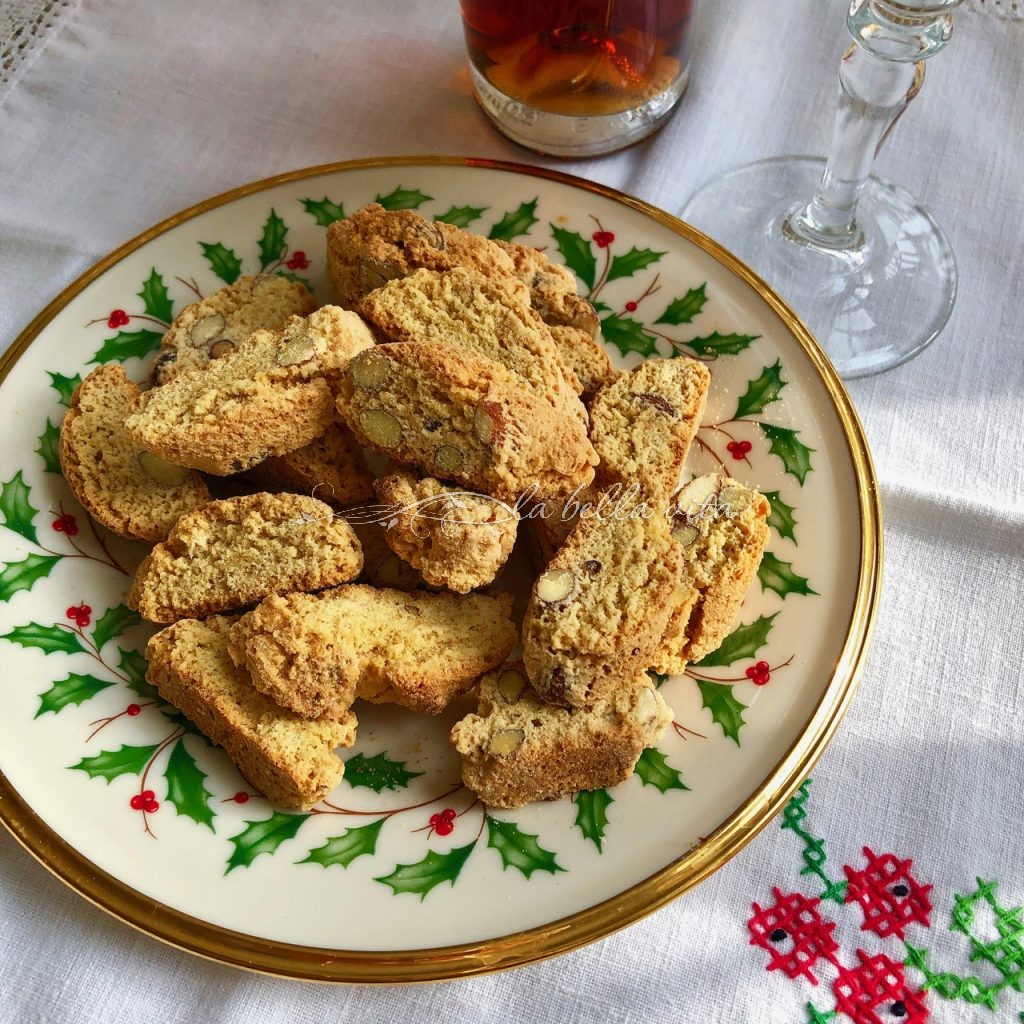
So let’s chat about this wine called “Vin Santo”
“Vin Santo” translates to “saint’s wine” and was associated with a Franciscan monk who used altar wine to save people from the black plague during the Middle Ages. The Tuscans believed that this was a miracle and thus named the wine “Vin Santo”.
Vin Santo is produced primarily in Tuscany but is made in other regions as well, each using their own unique indigenous grapes. Vin Santo is made with a blend of fall-harvested Trebbiano grapes (which adds honeyed flavors) and Malvasia grapes (which adds lovely perfumed notes) although white grapes from other regions are also used.
What makes Vin Santo truly special is the amazing natural winemaking process the reason behind its unique taste. The grapes are laid out and air-dried on straw mats or hung from the rafters to dry until the start of Holy Week, a long length of time intended to increase sugar content for this classic sweet wine. This lengthy procedure of air-drying grapes to raisins is called “passito”. Once the raisins are pressed, Vin Santo will ferment and age in small cigar-shaped barrels, known as “Caratelli” for periods of 3 to 12 years. The raisins naturally ferment long and slow in this method. The barrels are re-used so that the ‘yeast mother’ from previous aged grapes enhances the new batch of grapes. The barrels are also not completely full which causes the wine to be exposed to air, thus increasing depth in colour and character.
Because this is a very labour intensive process, the price tag of Vin Santo is very costly. For the truly devotee of Van Santo, a very select few producers in Tuscan offer rare and even more expensive “Occhio di Pernice” made from Sangiovese grapes.
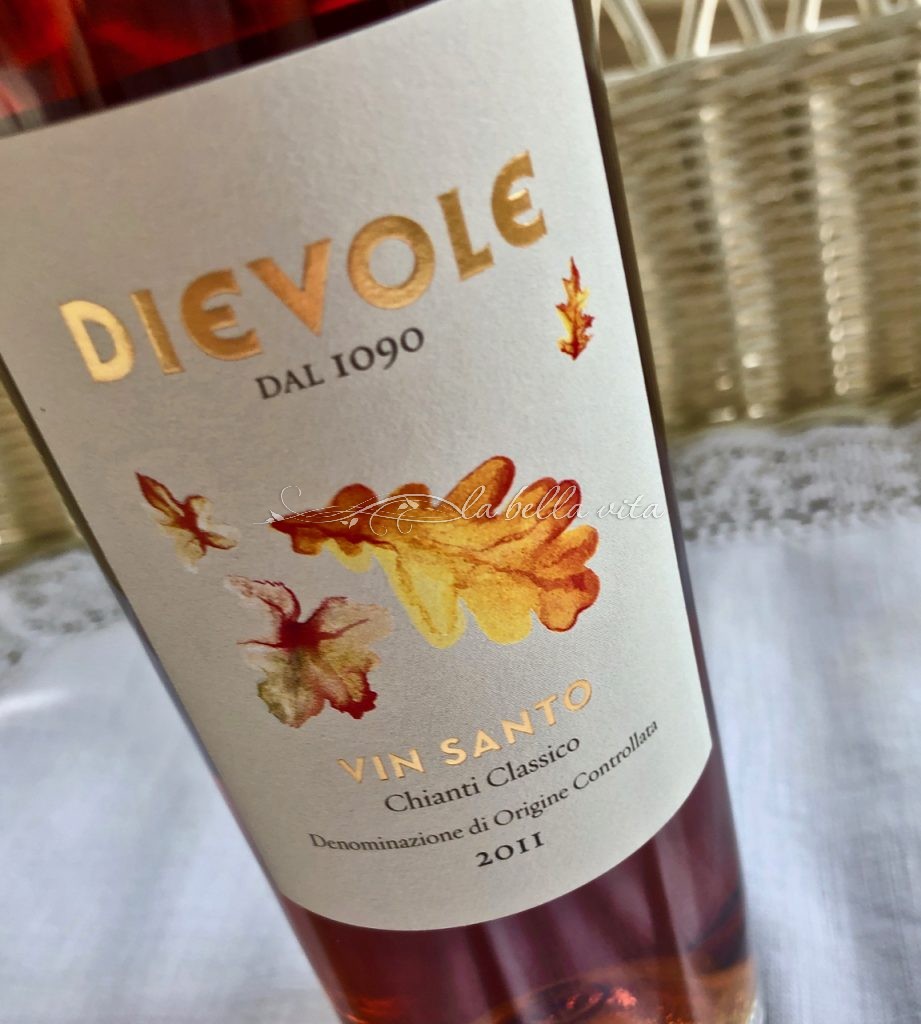
When selecting a bottle of Vin Santo, it is recommended to consider the following:
- An intense amber colour with overtones of almond, walnuts and chestnuts,
- a full-body flavor, delicate yet intense,
- a nice level of sweetness.
- with hints of hazelnut, caramel, honey, tropical fruit, and/or perfume and
- A taste that is honey-like, warm and pleasing, with a strong note of dried apricot
Do you enjoy La Bella Vita Cucina?
We’d love to have you as part of our community!
Click here: La Bella Vita Cucina to get the latest recipes, travel tips and gardening ideas straight into your inbox!
Italian Contucci (Biscotti)
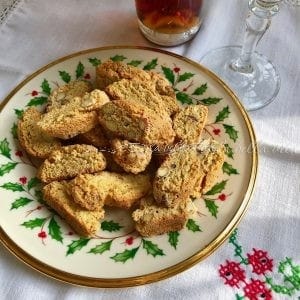
Ingredients
- 1 pound of butter
- 4 pounds of flour
- 12 tsp. baking powder
- 2 pounds of sugar
- pinch of salt
- 2 lemons, juice AND rind
- 2 cups slivered almonds
- 12 eggs, beaten
- 4 tsp. anise seed or 1-1/2 tsp. oil of anise
Instructions
- Melt butter in a small bowl and set aside.
- In a large bowl, mix the dry ingredients of flour, baking powder, sugar, salt.
- Mix in the lemon juice and rind, and almonds.
- Add the melted butter, beaten eggs (one at a time), and anise to this mixture.
- Blend all ingredients together well.
- Divide the dough into 3 to 4 batches.
- Roll each batch of dough into long strips/logs about 3 inches wide by 12 inches long.
- Place the strips/logs on a greased cookie sheet.
- Bake at 350 degrees until lightly colored, about 20 - 25 minutes.
- Cut diagonally into slices about 1" thick.
- If desired, bake again with the slices placed on their sides, for another 5 - 10 minutes. (My family likes contucci prepared both ways, so we bake half a second time for the drier (dipping) version, and leave the other half baked only once for the more moist version).
Notes
- https://www.italianbellavita.com/2017/12/cantucci-vin-santo-wine-italian-tradition-biscotti/
- If you enjoyed this recipe, please pin it on Pinterest and/or share it on Instagram! Thank you for doing this!


I’m looking into making this, about how many would you say one recipe makes?
I just baked the cavalucci biliscotti. 12 eggs are a lot of eggs for a biscotti. The dough spread out to become one layer. I cut them up and they needed 20 more minutes each tray to become toasted..all in all, they came out really good. I made them for my book club. Wines will be served, so what better biscotti to dip into the wine.
Great Michelangelo had exactly this combination of contucci and vino for Christmas lunches in 15th century. After having it he used to said ” Ho magiato bene ! So, if good enough for him, great for me. Thank you for this amazing post !
Hi Roz! First of all, Merry Christmas to you and your family! I’m hoping to have time to make biscotti on Saturday. And I’ve never head it called cantucci. I’ve learned something today. 🙂
Wonderful recipe! I will definitely be trying it!
Love this Italian classic too. Very delicious and addictive too.
Indeed they are Angie!
Ciao,
Roz